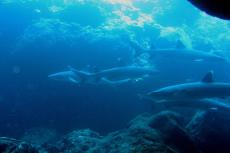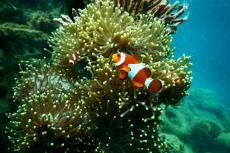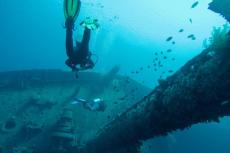Forecasting Toxic Algal Blooms
NOAA and the National Science Foundation have awarded $824,225 in competitive funds for the first year of an anticipated four-year $2.8 million project to develop early warning forecast models for toxic harmful algal blooms on Pacific Northwest beaches.
Rigorous state and tribal monitoring and closure of shellfish harvesting protect human health, but closures of beaches and coastal waters result in economic losses and sociocultural impacts.
For example, preventing recreational harvests of razor clams on Washington coastal beaches in 2002-2003 resulted in $10.4 million in lost revenue and loss of a recreational activity in which up to 24,000 people participate during a single weekend.
“As we try to predict the arrival of these blooms and other harmful algae blooms on coastal beaches, we’re missing the link that explains how the Columbia River estuary plume may influence movement of toxic patches inshore and along the coast,” said Barbara Hickey, Ph.D., professor of oceanography at the University of Washington and lead project investigator. “This funding will enable us to add that critical feature to predictive HAB models for the Pacific Northwest region.”
- Log in to post comments


























